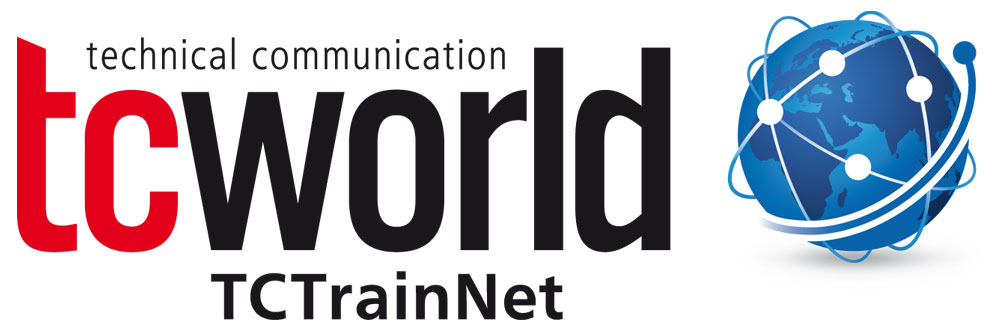Project management organizes the performance and monitoring of a process and includes process steps and tasks that are carried out with the resources available. The planning of new documentation, the introduction of new documentation tools, and changes to existing processes are characteristic of projects.
In the beginning, a project is planned in which goals, tasks, work packets, timeframe, qualifications, team, and budget are set. An approach following the SMART model (Specific, Measurable, Achievable, Realistic, Timed) is suited for planning clear goals. For projects that involve only documentation, typical key figures are suited for planning, such as e.g. cost of preparation per page, translation times, or cost of graphics. The waterfall model is often used as the basis for managing software projects in particular. Meanwhile, successive project phases are arranged so that the results of a previous phase are always the point of departure for the next. Another method, the V model, is often used for agile development. This method also ensures quality by arranging development and supervisory phases opposite one another in the shape of a V. For project management, critical path analysis, Gantt diagrams or spreadsheet calculation are likewise suitable, in which milestones, resources, project phases and, last but not least, work packets and the budget are distributed. The techniques listed result in a continuous project status that represents the basis for project reporting.
Technical editorial offices often prefer to note the basic data of projects in project overviews, which thus provide a brief summary of a project.



